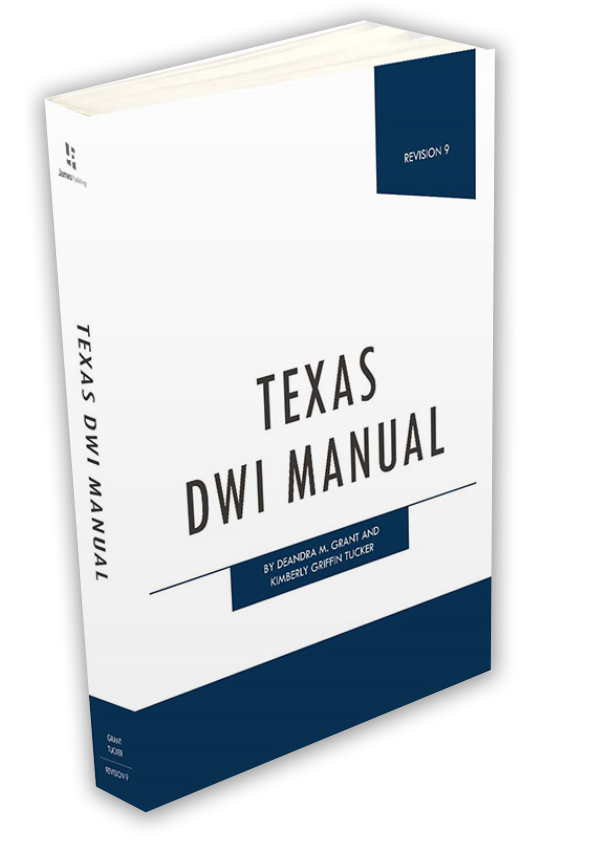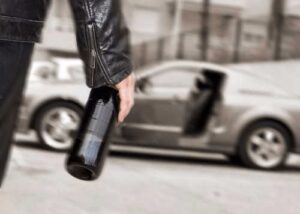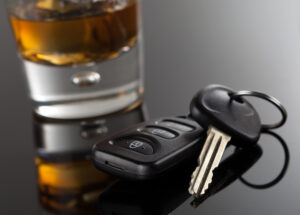Do You Need Legal Help?

"Deandra Grant Law fights hard for their clients and is always willing to go above and beyond. They are the best firm for DWI cases in DFW and beyond. Definitely hire them to represent you in any pending cases."
- P. Williams

"Deandra Grant made a tough situation so much better. She listened to my concerns and helped me so much with my case. I would recommend her to anyone needing legal services."
- M. Haley

"Deandra Grant Law handled my case with diligence and professionalism. Deandra Grant's reputation is stellar and now I know why. She has a team of individuals who provide quality service."
- N. Coulter
As Seen On





A Fighting Team On Your Side
Since 1994 when our doors opened, Deandra Grant Law has helped thousands of clients get their DWI charges reduced or dismissed. We're ready to fight on your behalf.

Managing Partner
Partner & Criminal Division Chief
Criminal Division Senior Associate
Criminal Division DWI Trial Chief
Immigration Division Chief & Criminal Division Deputy Chief
Criminal Division Associate

Texas DWI Manual
By Attorney Deandra Grant
Fighting DWI charges can present many challenges, not only for the defense, but prosecutors as well. This is why it is important to be armed with the necessary knowledge so you understand the DWI process.
Attorney Deandra M. Grant is the co-author of the Texas DWI Manual, offering legal advice to both clients and fellow attorneys. Fighting DWI charges can present may challenges, not only for the defense, but prosecutors as well. This is why it is important to be armed with the necessary knowledge so that you understand the DWI criminal process.
Learn MoreTexas Attorneys Helping You Submit Your SR-22 Form
After a DWI, your license is suspended for a minimum of 30 days. If you wish to reinstate your license with the Texas Department of Public Safety, you will be required to pay a reinstatement fee and submit an SR-22 form.
What is it?
The SR-22 form, otherwise known as the Financial Responsibility Form, is an endorsement attached to an existing automobile insurance policy that provides the DPS with proof that you have the minimum required insurance to legally drive in Texas.
Why the DPS May Require an SR-22
For some, their ability to drive hinges on the DPS having an SR-22 on record.
The most common reasons the DPS could require you to get an SR-22 are:
- Conviction of a DWI
- Conviction of driving while under the influence of drugs
- Driving on a suspended license
- Multiple no-insurance tickets
- An unpaid judgment for a liability claim
- Excessive traffic violations
Related Videos
Minimum Liability Amounts in Texas
Each state has a slightly different breakdown of minimum insurance liability coverage. In order to drive in Texas, your insurance policy must have the following minimum liability coverage:
- $30,000 limits for bodily Injuries per person
- For example:
- Person A is injured and has $45,000 in medical bills
- Person B is injured with $10,000 in medical bills
- Person C is injured with $15,000 in medical bills
- Persona D is injured with $10,000 in medical bills
- Under the $30,000 limit for bodily injuries, Person A would only be insured by the drivers’ insurance up to $30,000. The rest of the $15,000 in injuries would likely be covered by the other driver’s insurance that was involved in the crash.
- For example:
- $60,000 limits for all bodily injuries to all persons in the vehicle.
Meaning, if 4 people are injured for a total of $100,000 in medical bills, the policy will only pay $60,000 of those.
- For example:
- Using the breakdown above and assuming they filed claims in the order their names appeared, Person A would collect $30,000 from the driver’s insurance, and Person B could collect $10,000. Person C could collect $15,000 adding up to $55,000 total claimed. Finally, person D could only collect $5,000 because the driver’s policy will have reached its limits.
Related Blogs
Let Our Texas Lawyers Guide You Through the SR-22 Process
If you’ve recently been convicted of a DWI, obtaining an SR-22 is another step along the path of moving forward. At Deandra Grant Law, we can help you manage your DWI case by providing you with top-notch legal services. Attorney Deandra Grant has devoted her practice to understanding the science behind the Intoxilyzer 5000, field sobriety tests, and blood alcohol concentration. When you’re facing a criminal conviction as serious as a DWI, don’t just hire any criminal attorney, call Deandra Grant Law or visit www.conceptsr22.com for more information on what defenses are available to you.
Client Reviews
![]()
“Deandra Grant Law handled my case with diligence and professionalism. Deandra Grant’s reputation is stellar and now I know why. She has a team of individuals who provide quality service.”













